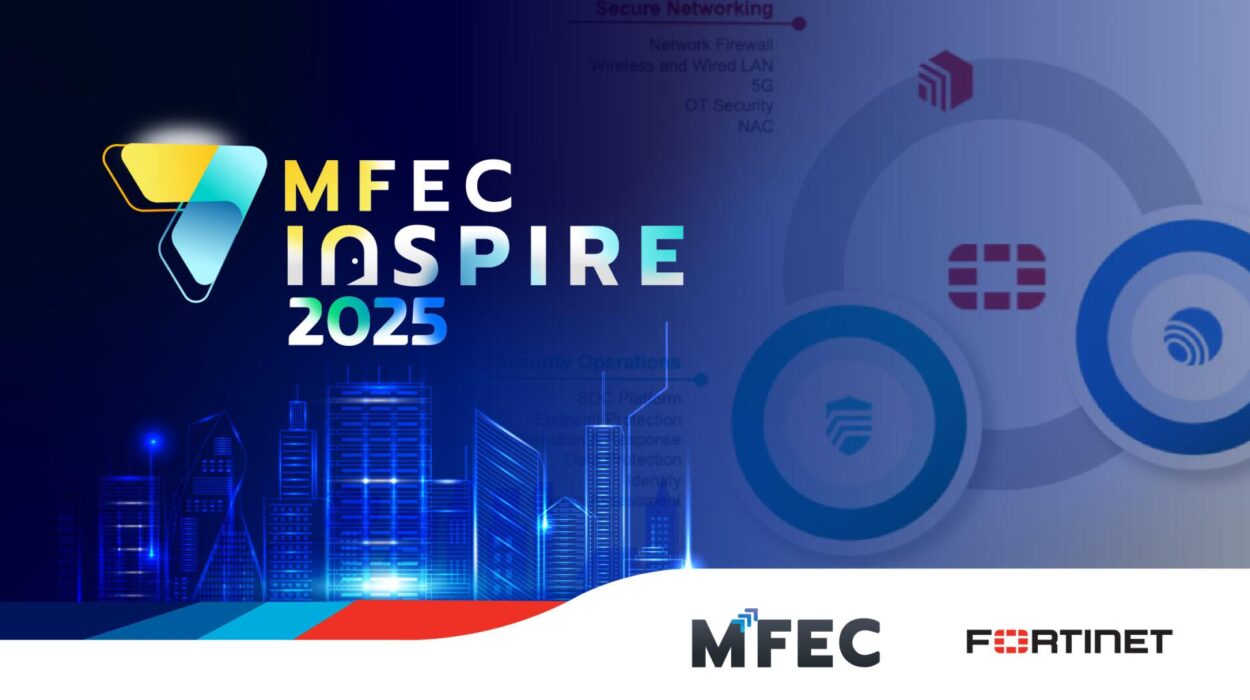
Enhancing CSOC with Unified Security Architecture for Vendor Consolidation and Cost Optimization
In today’s complex cybersecurity landscape, organizations face challenges in managing multiple security tools and vendors within their Cyber Security Operations Center (CSOC). A fragmented security environment can lead to inefficiencies, increased costs, and gaps in threat visibility. To address these issues, enterprises are shifting towards a Cybersecurity Platform, which integrates various security solutions into a cohesive framework. This approach streamlines operations, reduces redundancies, and enhances the CSOC’s ability to detect and respond to threats more effectively. To address this issue, leading organizations are shifting towards a Cybersecurity Platform, a solution that integrates various security tools into a unified framework. This integrated approach enables CSOC to operate systematically, reduce redundancies, and enhance its ability to detect and respond to threats more effectively. Vendor Consolidation: A Key Strategy for Enhancing Efficiency and Reducing Costs Vendor consolidation plays a critical role in optimizing security costs while maintaining robust defense mechanisms. By reducing the




